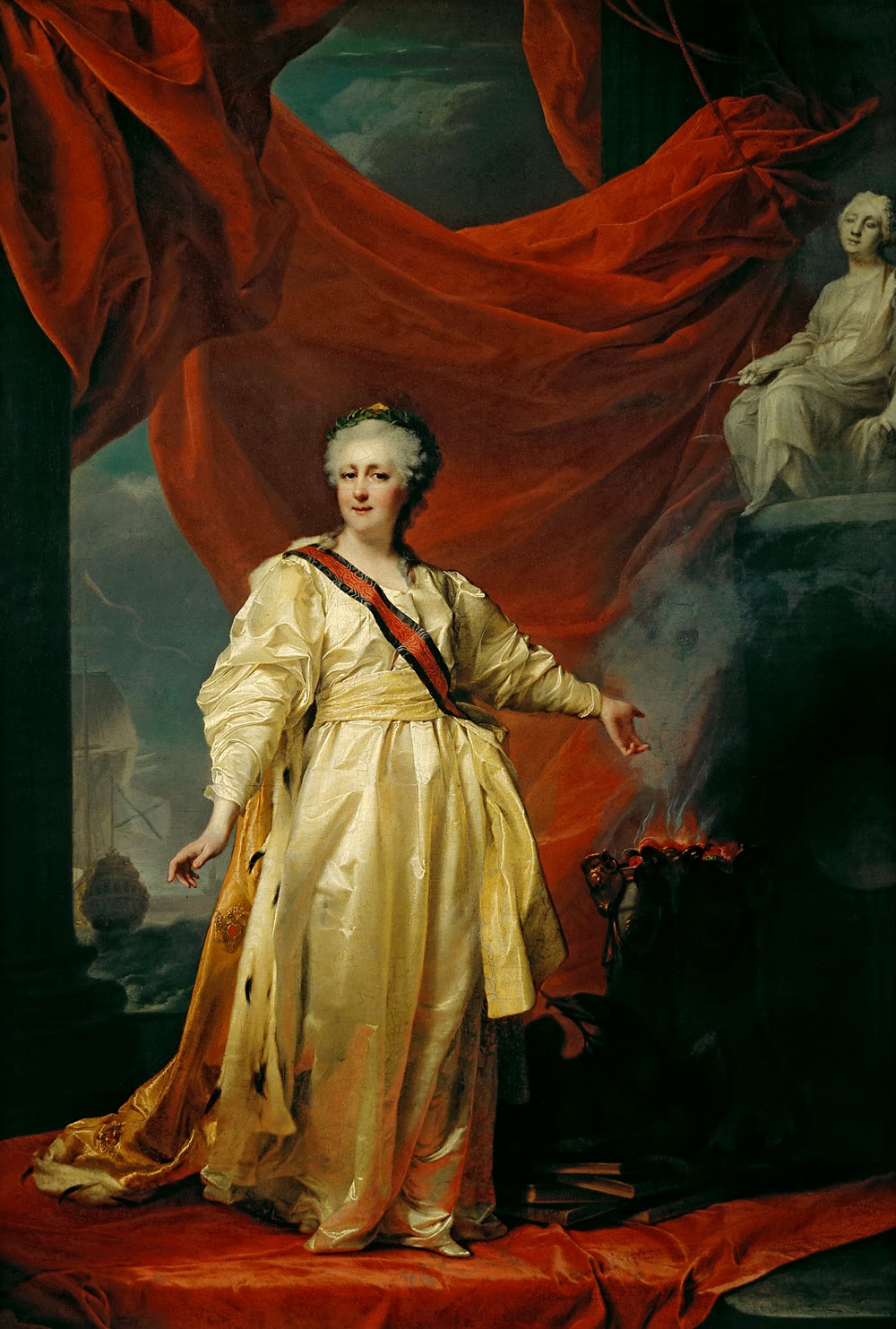History
Sevastopol stands near the site of the ancient Greek colony of Chersonesus or Cherson, founded in 421 B.C. A democratic city-state, Chersonesus was the most important Greek colony in the Crimea until Scythian invasions forced it to become (179 B.C.–63 B.C.) a protectorate of King Mithradates VI. In the 1st cent. A.D. the cities of the Crimea became part of the Roman Empire, and in the 4th cent. Chersonesus became the city of Korsun in the Byzantine Empire. In the Middle Ages it remained a large trading and political center and played an important role in the economic and cultural life of the Crimea, the Black Sea area, and Russia.
The city survived as a Genoese trade colony until it was destroyed (1399) by a Tatar invasion. Sevastopol was founded as a city and port by Catherine II on the site of the Tatar village of Akhtiar after the Russian annexation (1783) of the Crimea. It was strongly fortified and became (1804) the chief base of the Russian Black Sea fleet. In the Crimean War Sevastopol resisted the besieging British, French, Turks, and Sardinians for 349 days (1854–55). The hero of the land defense was Gen. E. I. Totleben; the Russian fleet was sunk by the Russians themselves to block the entrance to the harbor.
In Sept., 1855, the French successfully stormed the fortress of Malakhov, on the south shore of the bay, and three days later the Russians were forced to abandon Sevastopol. A record of the spirit and sufferings of the city's defenders has been preserved in The Tales of Sevastopol by Tolstoy, who fought in the ranks of the besieged. Sevastopol declined as a military fortress after the Crimean Peace Conference (1856), and its fortifications were razed. After 1871, however, they were rebuilt, and in 1890 the city again became a chief naval base. The Sevastopol sailors mutinied during the 1905 revolution. In the Russian civil war Sevastopol was the headquarters of Gen. P. N. Wrangel during the last stand of the Whites (1920).
The heroic resistance of Sevastopol in 1854–55 was, if possible, eclipsed by the stand the city made against the Germans in World War II. During a siege lasting more than eight months, the city was virtually destroyed. For three weeks the defenders fought on in the rubble, against all hope, until July 3, 1942, when German and Romanian troops at last took the city. After its recapture (May, 1944) by the Russians reconstruction began. As a reward for its valiant resistance, Sevastopol was named a "hero city" of the Soviet Union. The city was transferred to the Ukrainian SSR in 1954 (as was all Crimea)
March 6, 2014, the Supreme Council of Crimea adopted a resolution to join the republic of the Russian Federation as its subject and appointed a referendum on the issue.
March 11, 2014, the Supreme Council of the Autonomous Republic of Crimea and Sevastopol City Council adopted the Declaration of Independence of the Autonomous Republic of Crimea and Sevastopol.
March 16, 2014 in Crimea, a referendum was held, which was attended by about 82% of voters, 96% of them voted in favor of accession to the Russian Federation.
March 17, 2014 according to the results of the referendum Republic of Crimea, in which the city of Sevastopol has a special status applied for accession to Russia.
Additional information:
http://northhistories.blogspot.ru/2014/07/crimea-went-to-russia-in-order-of.html
Crimean Tatar People - Protect us from discrimination – help us restore our rights! (OSCE 2007)
http://armakhno.narod.ru/images/25563.pdf

Double standards EU and USA
2008 Kosovo declaration of independence
As of December 2013, most of the member-countries of NATO, EU, Western European Union and OECD have recognised Kosovo as independent.
|




